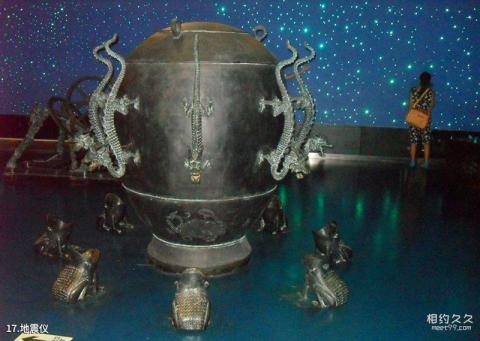
Seismograph introduction: A seismometer is an instrument that monitors earthquake occurrences and records earthquake-related parameters. The world's earliest wind seismometer was made by Zhang Heng, a scientist from the Eastern Han Dynasty in my country. The instrument is made of fine copper, with a raised round cover. There is a copper "capital pillar" inside the instrument, and there are eight channels beside the pillar. On the outside of the instrument, there are eight faucets arranged in eight directions: east, south, west, north, southeast, northeast, southwest and northwest. The faucets are connected to the engine in the internal passage, and each faucet holds a copper ball in its mouth. Facing the dragon's head are eight toads. When an earthquake occurs in a certain direction, the instrument will vibrate and trigger the mechanism. In this way, the dragon head in the direction of the earthquake will open its mouth, spit out a copper ball, and fall into the toad's mouth. Because the copper ball will make a loud sound when it enters the copper mouth, people can know the direction of the earthquake in time.
